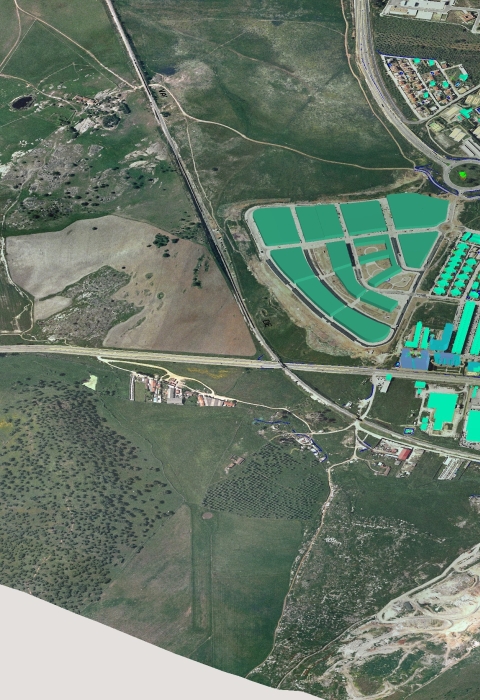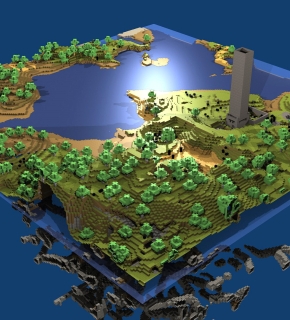Geospatial science, data, and technologies are vital components needed to meet the mission of the U.S. Fish and Wildlife Service.
To paraphrase one of our regional geospatial coordinators, “No major conservation actions happens without geospatial technology, science, and data.” Geographic Information Systems (GIS), Global Positioning Systems (GPS), and remote sensing are the primary elements which fall under the geospatial services umbrella. Geospatial services provide the technology to create, analyze, maintain, and distribute geospatial data and information. GIS, GPS, and remote sensing play a vital role in all of the Service’s long-term goals, including meeting the challenges posed by climate change.
To paraphrase one of our regional geospatial coordinators, “No major conservation actions happens without geospatial technology, science, and data.” Geographic Information Systems (GIS), Global Positioning Systems (GPS), and remote sensing are the primary elements which fall under the geospatial services umbrella. Geospatial services provide the technology to create, analyze, maintain, and distribute geospatial data and information. GIS, GPS, and remote sensing play a vital role in all of the Service’s long-term goals, including meeting the challenges posed by climate change.
What We Do
Our Services
GIS Services
A particular type of assistance available through our staff is map visualization and spatial data assessment using computer geographic information system resources. This tool can support partners who are addressing issues consistent with our conservation responsibilities.
Examples of GIS assistance include:
- Developing and printing work maps for field site visits;
- Layering and sorting existing data to address a particular conservation question or goal;
- Collecting spatial field data, sometimes with GPS tools;
- Developing or modifying existing landscape analyses that sort and rank features;
- Creating publishable maps and data tables to publicize conservation issues or results.

